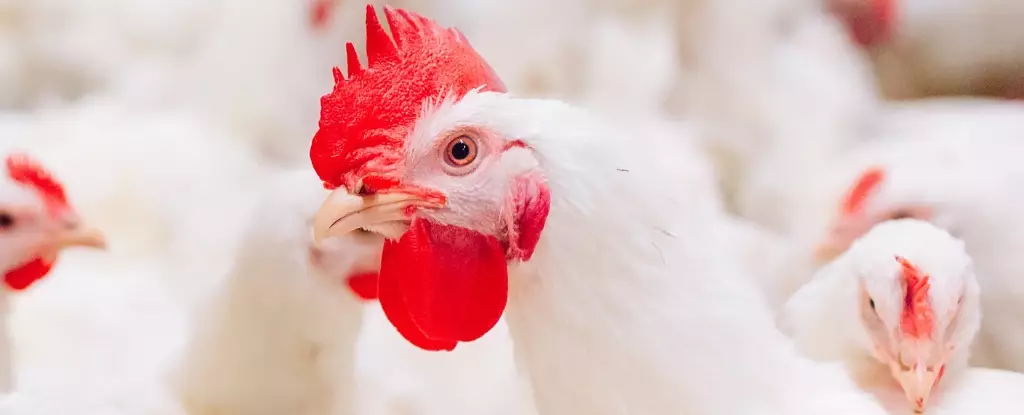In a troubling development, a teenager in British Columbia has made history as Canada’s first reported case of bird flu infection. Authorities have confirmed that the individual is currently being treated for H5 avian influenza at a children’s hospital, prompting an immediate investigation into the source of the virus and potential contacts. This case highlights the ongoing vigilance required in monitoring zoonotic diseases, particularly as new trends emerge concerning their transmission.
Provincial health officials are currently working diligently to track down the origin of this infection. According to British Columbia Health Officer Bonnie Henry, investigations are underway to ascertain how the teenager contracted the virus, which is believed to stem from close interactions with infected birds or animals. This revelation underscores the crucial nature of understanding environmental factors contributing to such rare occurrences, especially in a region where wildlife and outdoor activities abound.
Historically, bird flu predominantly circulates among wild birds and poultry, but as recent events have shown, it is starting to cross species lines more frequently. This year alone, notable outbreaks have emerged in cattle in the United States, raising alarms about the virus’ ability to leap to mammals. Health experts express their concerns over the increasing prevalence of bird flu in other species, even as infections in humans remain infrequent. It beckons the question of what changes in ecological dynamics or human interactions are prompting these shifts.
The fear surrounding the bird flu is not unwarranted. With growing instances of mammal infections, health professionals warn that a higher transmission rate may increase the likelihood of mutations within the virus. These mutations could potentially enable person-to-person spread, a scenario that the medical community dreads. For instance, in September, a case from Missouri highlighted the unsettling reality that a person contracted the virus without any documented exposure to infected animals, marking a significant anomaly in the pattern of bird flu infections.
While there have been sporadic cases of avian influenza in humans since the H5 strain was first recognized, the absence of consistent human-to-human transmission has historically mitigated the level of threat associated with these infections. This unique case in British Columbia raises an essential discourse on the need for rigorous surveillance and research to comprehend the full implications of these developments. Continued investigation into the underlying factors of disease transmission is paramount, as the interplay between wildlife, livestock, and human health grows ever more complex.
As the situation evolves in British Columbia, public health officials are urging vigilance. Although the immediate risk is reported as low, the rare occurrence of this case serves as a crucial reminder of the interconnectedness of human and animal health. The incident calls for persistent monitoring and research aimed at preemptive action against future outbreaks, emphasizing the need for a proactive approach in public health policy. The world watches closely as we navigate this latest chapter in infectious disease management, highlighting the need for universal preparedness in the face of emerging health threats.


Leave a Reply